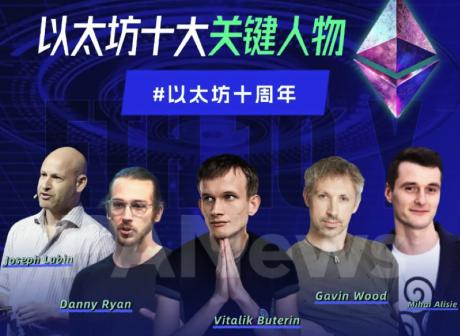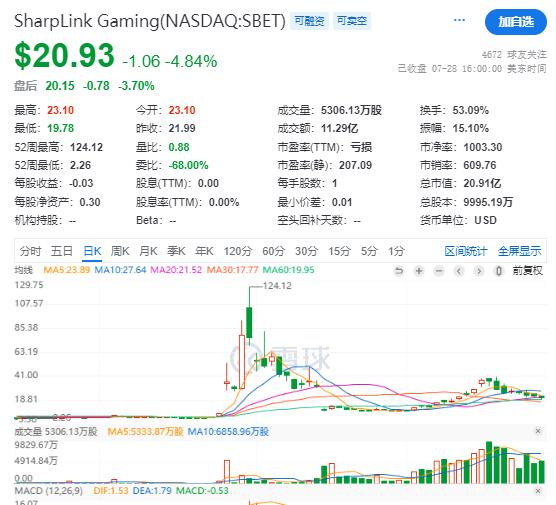Against the backdrop of the wave of consumer downgrading and the gradual awakening of Web3 asset awareness, the tourism industry has also ushered in structural innovation. Especially for tourism platforms dominated by traditional "expenditure-oriented" consumption structures, they are facing problems such as low user loyalty and single profit models. The emergence of Coinsidings is like a light shining in this dull market. Its "computing economy" model is redefining "tourism value" in a revolutionary way.On Coinsidings, travel is not only a short-term expenditure behavior, but also an asset behavior with "equity generation ability". The platform has designed a set of equity paths formed around user behavior, transforming every booking, interaction, and recommendation into a computing asset with ownership attributes, building a new bridge connecting content, income, and assets for users.
Behavior can be quantified: computing power is a new unit of measurement for the tourism economy
In traditional tourism platforms, the core data indicators often focus on operational dimensions such as transaction volume, Re-purchase Rate, or platform conversion rate, while the user's own value contribution is often ignored. The breakthrough of Coinsidings is that it no longer focuses on "platform operation", but on "user behavior" as the main axis, quantifying all participating behaviors as "computing power" indicators and giving users tangible value feedback.Every consumption made by users on the platform, such as hotel reservations, homestay stays, transportation tickets, etc., will be recorded and converted into computing power value based on the amount and frequency. At the same time, interactive behaviors such as liking, commenting, forwarding content, and participating in task activities will also be captured by the system and rewarded with computing power. The deeper value is also reflected in the "social referral" behavior - inviting others to register, purchase memberships, or generate orders through exclusive invitation codes will receive high-level computing power weighting.In addition, content creation is also included in the computing power calculation system. The travel logs, homestay evaluations, and scenic spot evaluations posted by users can not only improve the quality of platform content, but also open up additional channels for their personal computing power accumulation. Through the AI algorithm-driven computing power engine, these behaviors are intelligently scored and classified, forming a tradable, computable, and inheritable equity foundation within the platform.
Behavior Transforms Assets: Credits, Options, and RWA Build a Three-Dimensional Equity Path
Unlike the previous "reward-based" incentive or "points can be used and discarded" model, Coinsidings uses computing power as an intermediary path to link users with asset rights, building a three-tier asset realization system. Firstly, computing power can be exchanged for platform points, which can be used for various ways such as order deduction, exclusive service redemption, and platform activity participation, with actual consumption value. With the improvement of computing power level, users will gradually obtain CSS options issued by the platform, which is a kind of equity certificate that can release platform dividends and enjoy governance rights. These rights can also be connected with the RWA real estate assets opened by the platform, linking to the real global tourism real estate value.The design of CSS options is particularly noteworthy. It is based on periodic release and bound to the actual platform income, including transaction fees, ad revenue sharing, and housing premium. This mechanism means that as long as users actively participate, they can enjoy periodic asset dividends like platform "partners". In this model, users are not only consumers, but also direct beneficiaries of platform development.Furthermore, Coinsidings has connected tourism consumption with the global real estate market. The platform provides RWA (Real World Asset) asset fragmentation for some partner hotels and homestays. Users can obtain NFT equity shares of real properties through point deduction or CSS conversion. This "tourism is investment" model extends the original one-time consumption behavior into a long-term asset appreciation channel, constructing a more sustainable equity ecosystem.
Three-level mapping: value closed loop from behavior to assets
In order to achieve the goal of behavior-driven assets, Coinsidings has designed a clear and rigorous three-level incentive loop, from computing power to points, and then to options and assets, to realize the chain flow of user value from behavior to income.In the first layer of "availability", users can obtain computing power through basic daily behaviors, such as booking hotels and completing daily tasks, with extremely low thresholds and encouraging broad participation. The second layer of "convertibility" is based on points and option structures, guiding users to convert computing power value into actual equity through transparent rules. The third layer of "cashability" is the key landing point of the Coinsidings incentive model. Whether it is the release of CSS options dividends or the holding and realization of RWA assets, it ensures the ability of users to realize their ultimate equity.This incentive loop effectively avoids the false airdrops or inflation problems of traditional "hype up" projects. Each dividend comes from the platform's real revenue, and points and options have clear release cycles and mechanisms. The entire ecosystem achieves dynamic growth under controllable and traceable rules, truly achieving a win-win situation for users and the platform.
IV. Content + Computing Power + Finance: Collaborative Resonance of Multi-System
The ecosystem of Coinsidings 2.0 is far more than just a computing system. It has evolved into a super application platform that integrates content ecology, financial mechanism, and asset system. Its content system encourages users to output UGC (user-generated content), such as travel videos, graphic evaluations, etc., making content a key channel for user value-added and dissemination. AI algorithms recommend and score content, which not only gains exposure but also further accumulates computing power, thereby achieving content-driven revenue.In terms of financial structure, Coinsidings has built a complete Web3 asset domestic circulation model. CSS options can be pledged for income, participate in Platform Governance, and the platform will gradually open up the path of combining tokens with DeFi tools to form a diversified asset application system. At the same time, through the integration with RWA, users will have the right to invest, use, and even resell global homestays, making tourism real estate a new sector in personal asset portfolios.What is more noteworthy is that the platform is also deeply operating in the social referral and distribution model. Every invitation, dissemination, and content sharing of users will be recorded by the system as a hashrate behavior, which directly affects the speed of option release and hierarchical incentives, and realizes the platform-driven logic of "dissemination is income". The synergy between the three systems forms a stable ecological flywheel: content drives users → behavior contributes to the platform → financial structure dividends feed back → hashrate stimulates reproduction.
Ecosystem for Sustainability and Scalability
Coinsidings' ecological model is not a short-term stimulus or hype gimmick, but a well-thought-out systematic and sustainable design. First, all incentives on the platform have a clear release cycle. For example, CSS dividends are released quarterly, and points redemption is liquidated according to the cycle. To avoid resource overflow and system inflation from the source. Secondly, all benefits are linked to real behavior. Users need to be based on real behavior, consumption standards, and effective recommendations to continuously obtain rights and interests release, ensuring the dynamic alignment of incentives and performance.At the same time, Coinsidings' computing power model has strong extension expansion capabilities. With the expansion of the platform's business boundaries, it can also be connected to travel agency systems, ticketing platforms, OTA systems, and even expanded to sub-sectors such as aviation and cruise ships. And B-end resource parties - such as tour guides, front desks, ticketing agents, etc., can also be connected as ecological incentive nodes, forming a closed-loop jump from C2C to B2C and C2B, further unlocking the distribution and equity potential of the tourism industry.
Conclusion: The Web3 path to turning behavior into assets
In the traditional business system where the logic of "consumption is loss" prevails, Coinsidings has conducted a thorough reconstruction with the concept of Web3. From "transaction logic" to "rights confirmation logic", from "platform revenue" to "user dividends", and then to the connection between "tourism behavior" and "global assets", Coinsidings is redefining the relationship between users and the platform in a highly destructive and constructive way.Here, computing power is not just a set of data indicators, but the starting point of user rights; travel is no longer just for leisure and relaxation, but a voyage to asset freedom. Coinsidings is using the key of Web3 to open the door to the growth of the tourism industry in the next decade - a world of assets that belongs to users and the future.






